
Peugeot 308 Hatchback (2014-2021) interior, tech and comfort
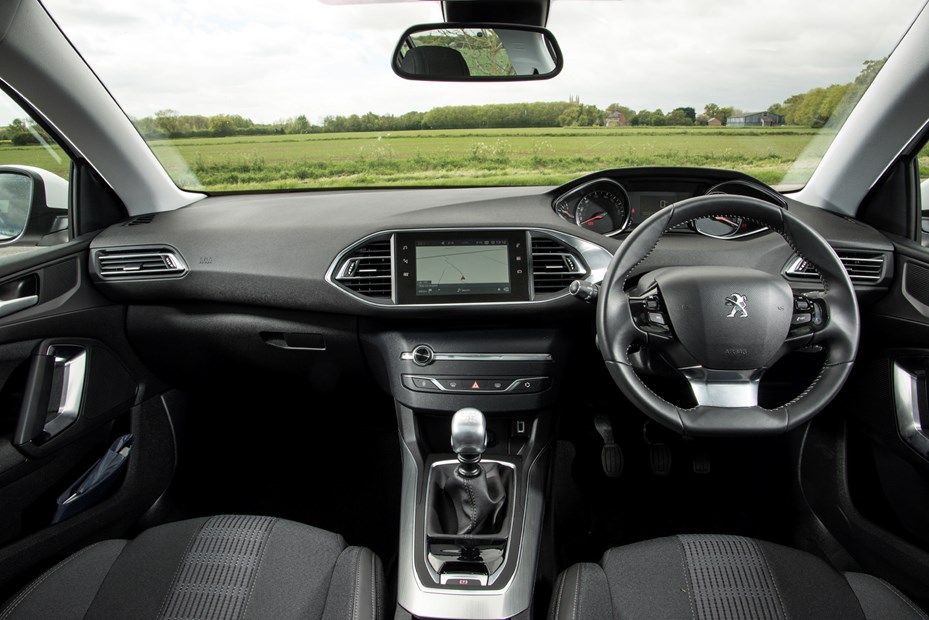
- Small wheel and high set dials won’t appeal to all
- Clutter free cabin thanks to touchscreen functionality
- Whether you like it or not, it’s at least a different approach
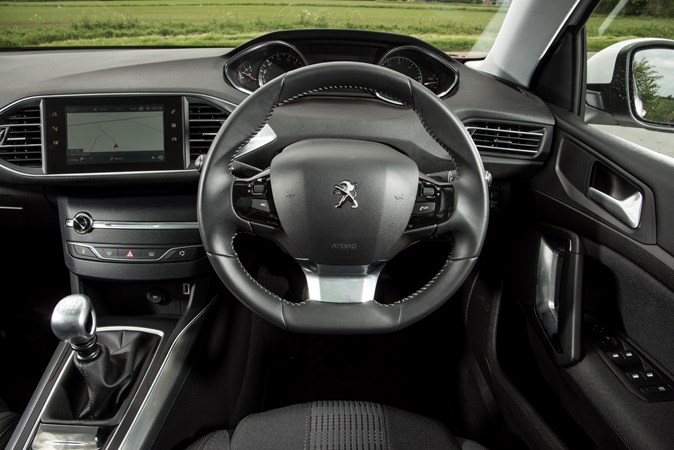
Two things strike you immediately when you nestle into the 308’s driver’s seat: the small steering wheel and minimalist dash layout. It feels strange at first but we find it not only refreshingly different but it helps you to enjoy the driving experience all the more for the direct steering.
The centrally-mounted screen in the dash is also angled towards the driver making it even easier to read, and theoretically, because the infotainment system controls the car’s central functions, the lack of visible clutter in the form of buttons should make the cabin more relaxing to look at. In reality, searching through sub-menus for the control you are after proves more frustrating.
The touchscreen is fiddly to use while driving – and a little slow to respond on earlier cars – and since it takes a while to find the function (air-con, sat-nav, audio) we’re after, having some physical buttons and knobs would actually make it easier.
Updates in 2017 brought a more responsive screen, which helps to cut down the number of frustrating jabs and missed button pushes. We hoped the facelifted 308 might have adopted the 3008’s (slightly) increased number of physical switches but the majority of the controls remain virtual.
Similarly, the unusual driving position won’t suit everyone – some people find it off-putting looking over the wheel to see the speedo and anticlockwise-sweeping rev counter.
Uplifted GTi cabin
The main addition for the sportiest 308 is yards of red detailing – with stitching on the seats, door cards, gearshift gaiter and floor mats. There’s a red strip on the steering wheel, too.
Switching to sport mode makes the instrument panel and dash elements go red, and also unlocks the facility to show power, turbocharger boost and torque output in real-time on the trip computer screen. There’s a G-force meter too, so you can see how much grip the car is generating while cornering quickly.
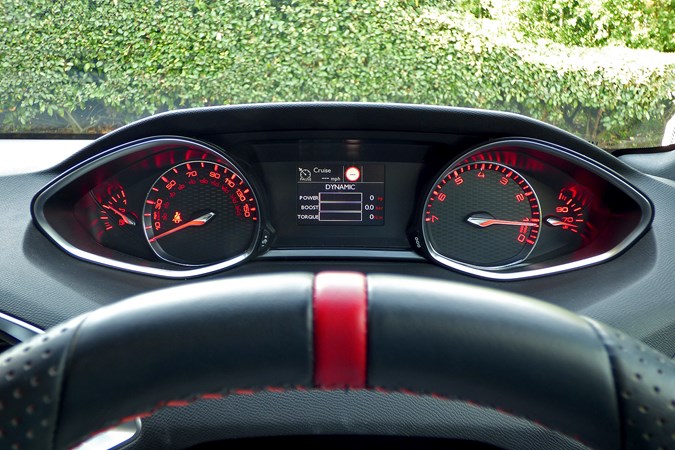
Comfort
- Good balance of comfort and handling
- Pliant suspension soaks up ruts and bumps
- Firmer edge to GTi, but still comfy
We were impressed by the Peugeot 308 in terms of comfort, whether stuck in a traffic jam or tackling a non-stop three-hour drive to the airport. Front seats come with manual adjustment (there is the option of electrically powered control) and the steering wheel is adjustable for both rake and reach, so that enabled us to find a comfortable position easily.
The unusually-small diameter steering wheel and position does feel odd at first, but you quickly get used to it and the sensation of a sharpened-up response is very enjoyable, without making it feel like you have to make constant adjustments to keep the 308 in a straight line.
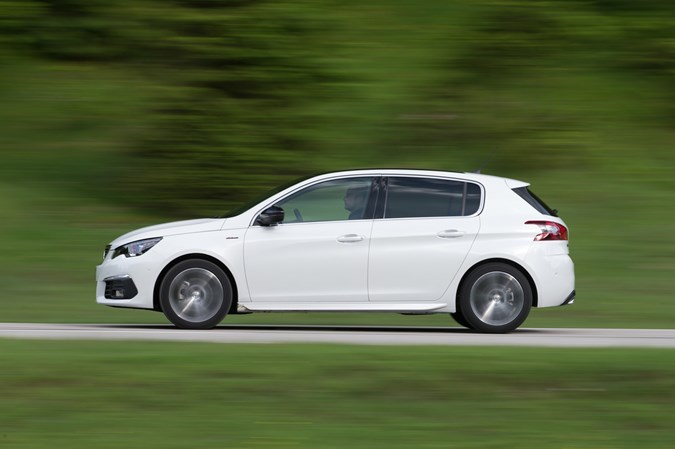
Peugeot has also provided a great compromise between ride comfort and handling. Over rough, city roads the suspension does a good job of absorbing the dips and bumps, and only the very large potholes deliver a hard knock to the car.
There’s plenty of space up front, but those in the rear will find limited kneeroom, meaning taller passengers won’t want to be sat here for very long. Opt for the panoramic roof and their heads will brush the headlining too – despite the fitment of a centre armrest to try and improve matters, it won’t take long before they’ll wish to be sat in a Ford Focus instead.
GTi version has super-stiff suspension
A few differences to note in terms of comfort here. The GTi features suspension lowered by 11mm and bigger wheels than the mainstream 308, but it still rides well, leaning more towards cornering performance than outright comfort. When you don’t want to be pushing on, the 308 stays true to its sensible hatchback roots with a pretty relaxed ride, even if the 19-inch alloys can make things a little jittery over rough surfaces. Road noise is a little more vocal, but overall comfort remains bearable and there’s not much wind or engine noise to contend with.
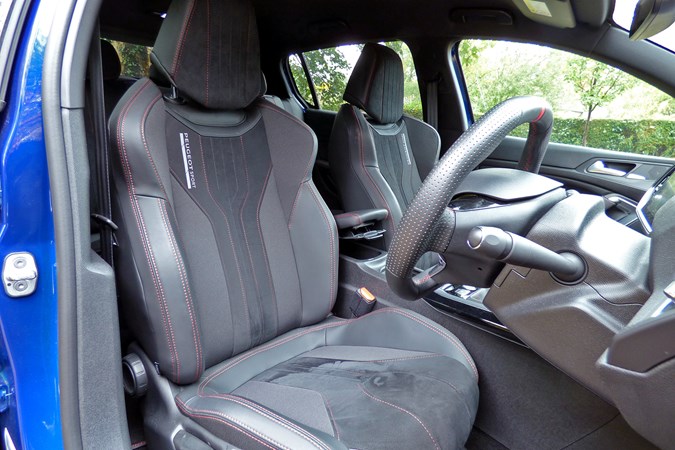
The front sports seats provide extra side support for cornering and feature a massage function for added comfort on longer journeys.
A synthesised engine noise is played through the speakers in the car when you press the sport button too although it’s quite loud and can sound odd to some.



.jpg)









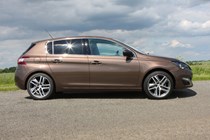




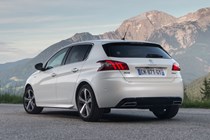

.jpg)
.jpg)
.jpg)
.jpg)
.jpg)
.jpg)
.jpg)
.jpg)
.jpg)

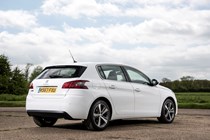



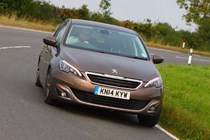




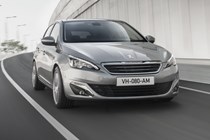


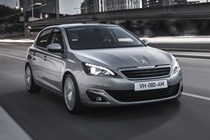
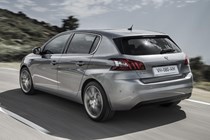
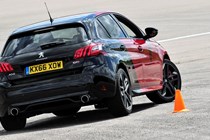
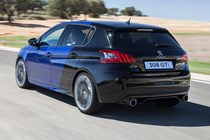




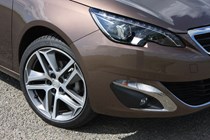
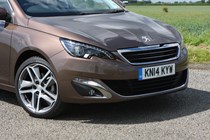
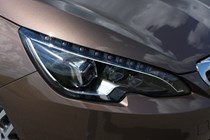
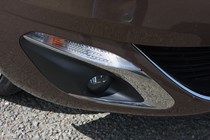
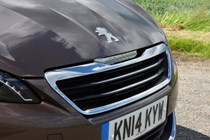
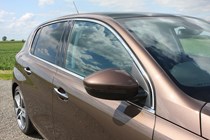

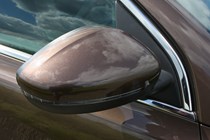
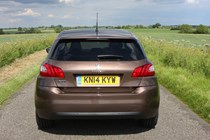

.jpg)
.jpg)
.jpg)
.jpg)
.jpg)
.jpg)
.jpg)
.jpg)
.jpg)
.jpg)
.jpg)

.jpg)
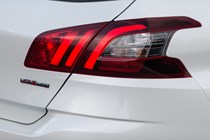
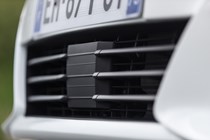


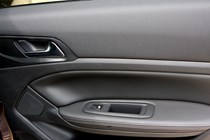
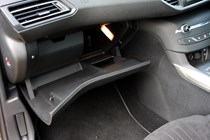
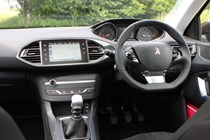
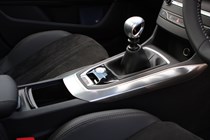
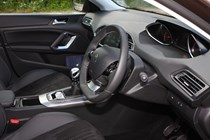
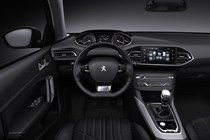
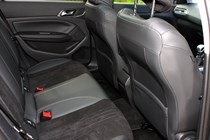
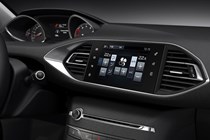


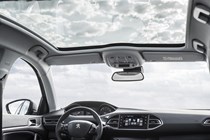

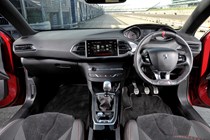

.jpg)
.jpg)
.jpg)
.jpg)
.jpg)
.jpg)
.jpg)
.jpg)
.jpg)
.jpg)
.jpg)
.jpg)
.jpg)
.jpg)
.jpg)
.jpg)
.jpg)
.jpg)
.jpg)
.jpg)
.jpg)
.jpg)
.jpg)
.jpg)
.jpg)
.jpg)
.jpg)
.jpg)
.jpg)

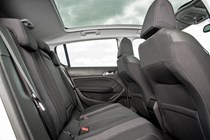

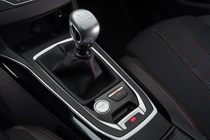

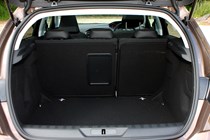
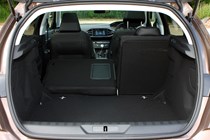
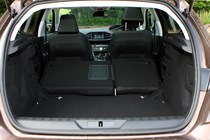
.jpg)
.jpg)
.jpg)
.jpg)
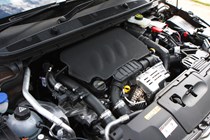
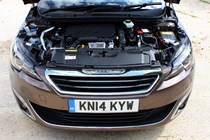
.jpg)

.jpg)
.jpg)

.jpg?quality=50)
















.jpg?quality=50)
.jpg?quality=50)
.jpg?quality=50)
.jpg?quality=50)
.jpg?quality=50)
.jpg?quality=50)
.jpg?quality=50)
.jpg?quality=50)
.jpg?quality=50)































.jpg?quality=50)
.jpg?quality=50)
.jpg?quality=50)
.jpg?quality=50)
.jpg?quality=50)
.jpg?quality=50)
.jpg?quality=50)
.jpg?quality=50)
.jpg?quality=50)
.jpg?quality=50)
.jpg?quality=50)

.jpg?quality=50)


















.jpg?quality=50)
.jpg?quality=50)
.jpg?quality=50)
.jpg?quality=50)
.jpg?quality=50)
.jpg?quality=50)
.jpg?quality=50)
.jpg?quality=50)
.jpg?quality=50)
.jpg?quality=50)
.jpg?quality=50)
.jpg?quality=50)
.jpg?quality=50)
.jpg?quality=50)
.jpg?quality=50)
.jpg?quality=50)
.jpg?quality=50)
.jpg?quality=50)
.jpg?quality=50)
.jpg?quality=50)
.jpg?quality=50)
.jpg?quality=50)
.jpg?quality=50)
.jpg?quality=50)
.jpg?quality=50)
.jpg?quality=50)
.jpg?quality=50)
.jpg?quality=50)
.jpg?quality=50)








.jpg?quality=50)
.jpg?quality=50)
.jpg?quality=50)
.jpg?quality=50)


.jpg?quality=50)

.jpg?quality=50)
.jpg?quality=50)